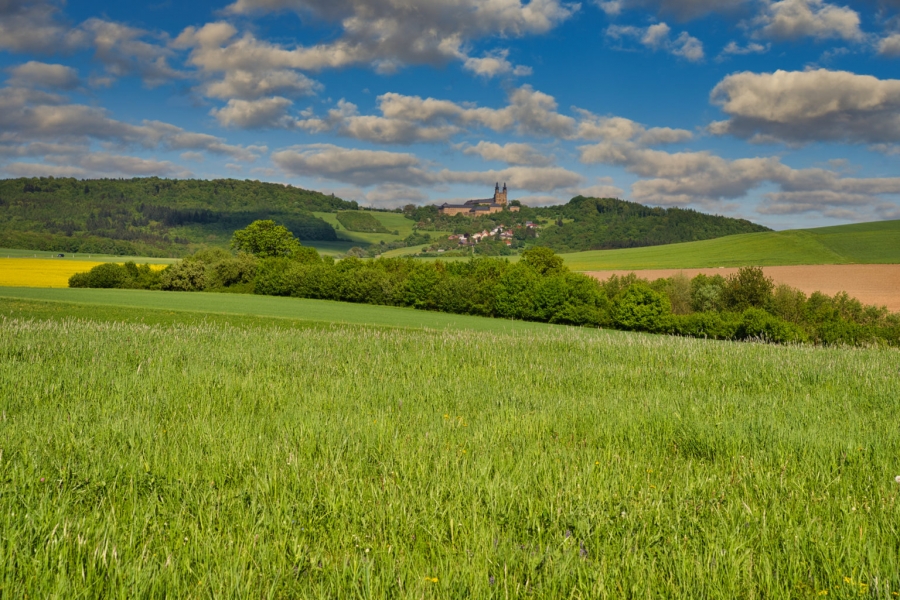
Increasing costs, the phasing out of direct payments and increasing environmental pressures in the form of the UK’s legal commitment to net zero emissions by 2050 are all signs that farming needs to change. The NFU has also set the ambitious goal of reaching net zero greenhouse gas (GHG) emissions across the whole of agriculture in England and Wales by 2040. Is environmental stewardship the answer? Nature-based systems involving protecting, sustainably managing, and restoring ecosystems have a key role in carbon capture which will support the transition to net zero as well as helping to adapt to climate change and improving farming efficiency.
Natural Capital
The term Natural Capital refers to the world’s stocks of natural resources including soils, water and air applying an economic measure to them and the reliance that society and business have on them to function. Natural Capital is still a new market and although it is developing quickly there is no formal regulation so the price paid can vary significantly as it is predominantly buyer-led. However, prices are expected to rise as demand continues to increase. Natural Capital provides a unique solution for businesses and developers as investment in this asset directly impacts climate change and biodiversity loss. The valuation of Natural Capital is not purely based on the monetary worth. The relative importance and usefulness in a particular context directly affect the worth of Natural Capital and must form a part of the process.
Biodiversity Net Gain
Biodiversity net gain (BNG) is a principle that was brought in under the Environment Act 2021 that applies to planning permissions granted in England under both the Town and Country Planning Act (TCPA) and Nationally Significant Infrastructure Project (NSIP) (with some exceptions) enforcing the delivery of at a minimum 10% biodiversity net gain. The required uplift in biodiversity can be generated offsite which in turn will help to fuel the market for natural capital and carbon trading and encourage the development of regulation in the markets as can be seen in the case of the recent launch of the England Woodland Carbon Code and the Peatland Code. Further development in the regulation of these markets will increase confidence to explore the potential new revenue streams in the face of direct payments phasing out and increased input costs. However, from the point of view of the landowner, there seems to be more questions than answers with regard to how trading Natural Capital and carbon may impact land and farms in the future. Whilst in some cases, there are benefits to being the ‘early bird’, a large question mark still hovers over the potential need for farms to utilise their own natural capital, and sequestered carbon, in the future to offset on farm emissions.
Carbon Auditing
As the market for trading Natural Capital and carbon sequestered on farm develops, it is important that we start to consider how we can measure our carbon levels and emission levels. There are over 50 different types of carbon calculator available on the market with no set industry standard to make the benchmarking and analysis of results reliable, but there are positives. No two farms are the same and this is reflected in the importance of choosing the right calculator for your enterprise. Such a broad market, although daunting, provides a range of options for you to compare and find the one that will fit what you want. As important as it is to choose a carbon calculator that suits your farming enterprise, it must also suit your aims and what you wish to achieve. A majority of the mitigation options in a carbon management plan are also good business efficiency recommendations. Beginning the process early will allow you time to make changes to ensure that produce is fit for purpose further down the line. We are already starting to see companies highlighting agriculture as a contributor to their carbon footprint with signs that a premium may be paid for agricultural produce that is deemed to be ‘low-carbon’ or ‘carbon-neutral’. An announcement by Morrisons in March 2021 of their ambition to be supplied by a net zero British agricultural supply chain by 2030 is just a hint of what is to come in the industry. 7 years may seem a long way away, but by starting to consider your emissions and carbon early you will be in a far better position keep up with change as well as identifying where inputs, emissions and ultimately cost savings can be made in the future. Furthermore, as and when carbon markets develop, if a business has a good understanding of their carbon position, capitalising on carbon sequestered will be far easier.
The efficiency of farms needs to be improved to fight rising input costs but a wholistic view of your enterprise could show that small changes can not only improve farming efficiency but also improve your stocks of natural capital and offset your carbon emissions.
Mary Foster BSc (Hons)
Email: mary.foster@stephenson.co.uk